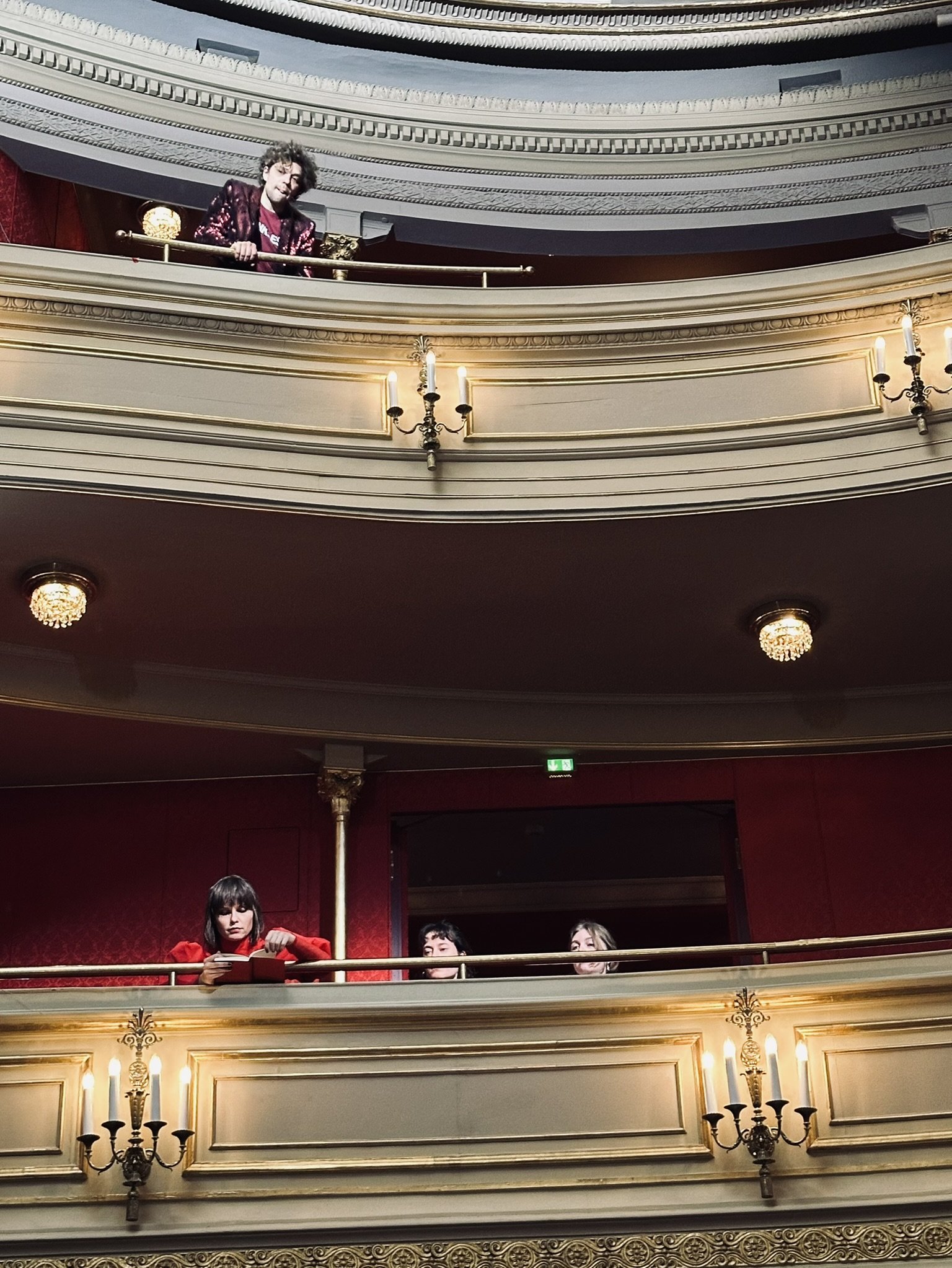Eines langen Tages Reise in die Nacht
Eugene O’Neill with an epilogue by Sivan Ben Yishai
Director Sebastian Nübling
Stage Design Dominic Huber
Costume Design Una Jankov
Music Lars Wittershagen
Dramaturgy Christopher-Fares Köhler
With
Bernd Moss, Sonja Liesau, Moritz Kienemann, Almut Zilcher, Julia Gräfner
A summer house on the Connecticut coast, at exactly 08:30 in the morning - this is how the story begins, which takes place on an August day in the living room of the Tyrone family. The family consists of the actor James, his wife Mary, their two sons, Jamie and Edmund, and their maid Cathleen. Every year, the family spends the holidays away from the stressful touring that theatre life entails at their summer house on the Connecticut coast. The day begins idyllically: the sun shines and the garden needs tending. And then? The actual and metaphorical fog gets thicker and thicker. A long day's journey into the night begins and the façade of the ideal world gradually crumbles.
The autobiographical drama by author Eugene O'Neill, written in 1940, is considered one of the most important works of American theatre literature. Director Sebastian Nübling dedicates himself to this modern classic as a journey into the depths of the family system. He emphasizes the universal, timeless themes of isolation, love, connection, missed opportunities, and failure. Without ignoring the political and social issues of our time, he takes a darkly melancholy and comically absurd look at the reasons for cohesion, responsibility, intoxication, and isolation.
“Eines der stärksten Elemente dieses sehr starken Abends ist die Bühne von Dominic Huber, die erst mal gar nicht stattfindet. Das ist so geschickt in der Dramaturgie des Abends eingebaut. Dieser Tag, an dem alle noch einigermassen gut beieinander sind, findet vor dem geschlossenen eisernen Vorhang statt. Wenn dann alle sich betrinken und berauschen, öffnet sich dieser Vorhang und unglaublich viel Nebel nimmt den gesamten Bühnenraum ein. Die Figuren verwandeln sich in surreale Hasen, das ist eine sehr eindrückliche Darstellung des Rauschzustands. Und erst ganz zum Schluss, wenn sozusagen der Morgen anbricht, bekommt das Bühnenbild nochmals eine ganz andere Dimension” Deutschlandfunk Kultur












